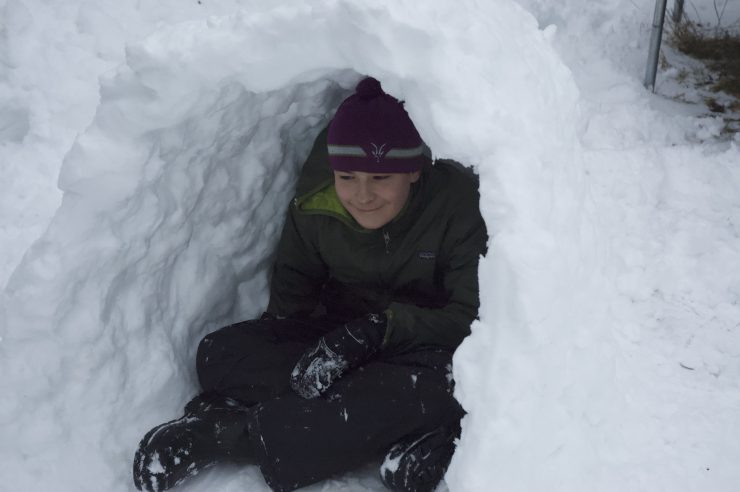Ten Things about Candlemas and Groundhog Day
Life in Vermont makes February 2 seem special enough to deserve two festivals; the days are finally stretching toward 10 hours of daylight. However, each of these festivals has been a bit confusing to me, as they are each nominally about early signs of spring, and spring still seems very far away in early February. If like me, you wonder about these festivals and want to bring them to your children, perhaps you’ll enjoy the information and ideas below.
- In temperate climates, there are signs of spring in early February. Whether you’re in parts of England or western Europe or the southern United States, the noticeably longer days have begun to wake up the daffodils, tulips or alliums. Maybe even a few tree buds are beginning to swell. In northern Vermont, the longer days and brighter sun are the only indications that winter will end.
- Candlemas is the last of the Christmas festivals in many Christian traditions. It marked the day that Mary presented her baby at the Temple in Jerusalem. This festival, as well as Groundhog Day, is associated with the idea of purification. Perhaps all of nature is stirring to clear out the old and welcome the new life of a new growing season.
- Candles were traditionally blessed on Candlemas.
- One tradition was that no candles were used after February 2. Thus, all the ends and pieces of last year’s candles were supposedly melted and the candles for the next year were made.
- A similar idea in Vermont is that you should have at least half your wood still by Groundhog Day—further proof that we are not yet watching for signs of spring.
- When my children were small, we often rolled or decorated candles to mark this day. Friends dipped candles every year at Candlemas; this activity can heighten one’s appreciation for some of the work that goes into the humble candle.
- Pancakes are a traditional food for Candlemas. The story is that religious pilgrims were served pancakes on this day. Another story is that the pancakes were to replace the small cakes offered in pagan festivals that also occurred around this time of year.
- The first animals that were predictors of the coming spring were not groundhogs. In Germany, they watched the badger and in England and France, they watched the bear. Supposedly, if this animal sees their shadow, it means we will have 6 more weeks of winter. However, if it’s a cloudy day, that is supposed to indicate the coming of spring rains.
- That famous groundhog, Punxsutawney Phil, has only been right 28% of the time.
- The final point is that wherever you are, whatever your weather, every day is a good day to celebrate. For us, we will celebrate the heavier snow of February that makes winter sports more fun. What will you be celebrating for February 2?



